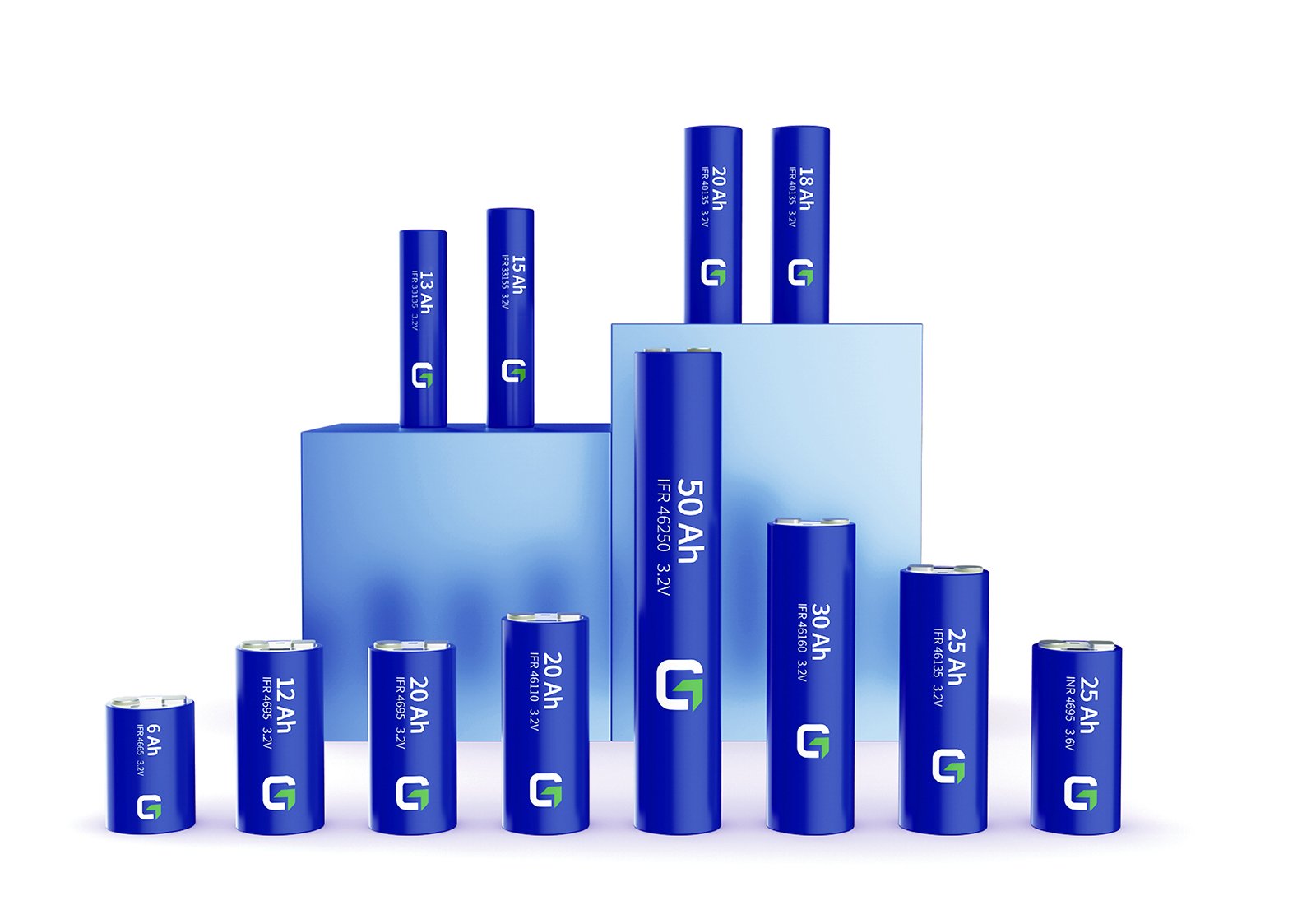The 'Lego' Myth: What a Truly 'Scalable' LiFePO4 Module Really Means for Your Project's Bottom Line?
by
The 'Lego' Myth: What a Truly 'Scalable' LiFePO4 Module Really Means for Your Project's Bottom Line?
Planning your next energy storage project but worried about hidden costs? True scalability[^1] isn't just about stacking batteries.
True scalability means designing battery systems[^2] where adding capacity doesn't require redesigning infrastructure, engineering new safety protocols, or compromising performance, directly impacting project ROI through minimized integration costs and accelerated deployment timelines.
When we talk about "scalable" battery systems, many manufacturers use the term like "Lego blocks" - suggesting you can simply add more units as needed. But the reality of battery integration reveals critical differences between marketing claims and engineering reality that directly impact your project's financial viability.
Laser Welding vs. Bolt-On Terminals: A Critical Decision That Impacts Your Pack's Serviceability, Scalability, and "Bankability"
Tired of battery systems that can't be maintained or upgraded without complete replacement?
Laser-welded connections offer superior electrical performance and space efficiency, while bolt-on terminals[^3] provide unmatched field serviceability and future-proofing for evolving energy needs.
Beyond the Surface: The Engineering Implications of Connection Methods
The choice between laser welding[^4] and bolt-on terminals extends far beyond simple assembly preferences - it fundamentally shapes your system's lifecycle costs and operational flexibility.
Electrical Performance vs. Serviceability Trade-offs:
- Laser Welding: Creates permanent, low-resistance bonds ideal for high-current applications and vibration resistance. However, any module failure typically requires complete replacement.
- Bolt-On Connections: Allow for individual cell replacement and maintenance access, extending overall system lifespan but requiring more space and regular maintenance.
Scalability Implications:
- Future-Proofing: Bolt-on systems allow technology updates as cell chemistry improves
- Field Repairs: Critical for remote installations where downtime costs are prohibitive
- Bankability Factors: Financial institutions prefer systems with predictable maintenance costs and proven serviceability
| Connection Type | Initial Cost | Service Life | Maintenance Access | Scalability Factor |
|---|---|---|---|---|
| Laser Welded | Lower | 8-10 years | None | Fixed capacity |
| Bolt-On | Higher | 15+ years | Full | Modular expansion |
The engineering reality is that truly scalable systems must balance performance with practical maintenance considerations. While laser welding excels in compact, sealed applications, bolt-on terminals provide the flexibility that truly future-proofs your investment against evolving technology and changing energy requirements.
For System Integrators: Stop Reinventing the Wheel. How Using Pre-Certified Battery Modules Can Cut Your Time-to-Market by 6 Months?
Struggling with endless testing cycles and certification delays for your energy projects?
Pre-certified battery modules eliminate 6+ months of testing and validation cycles, reduce engineering overhead by 40%, and provide proven safety documentation that accelerates project approval and financing.
The Hidden Costs of Custom Battery Development
Many system integrators underestimate the true timeline and resource commitment required for custom battery pack development. The validation phase alone can consume hundreds of engineering hours and delay revenue generation.
Certification Acceleration:
- UL, IEC, and UN38.3 certifications pre-completed
- Safety documentation package ready for financier review
- Performance data from thousands of hours of real-world operation
Engineering Resource Optimization:
- No need for in-house battery safety expertise
- Standardized integration protocols reduce development time
- Proven thermal management systems eliminate redesign cycles
Financial Impact:
- Earlier revenue generation from faster deployment
- Reduced engineering payroll for validation teams
- Improved "bankability" with certified components
The competitive advantage gained by using pre-certified modules isn't just about speed - it's about redirecting engineering resources[^5] toward your unique value propositions rather than solving problems that have already been addressed by battery specialists.
A Teardown Report: Popping the Lid to See How Our 5kWh Battery Module Survives Thermal Runaway, Short Circuit, and Overcharge Tests
Wondering what separates truly safe battery systems from those that just meet minimum standards?
Independent teardown analysis reveals multi-layered safety systems including flame-retardant composite enclosures, proprietary thermal barrier technology, and cascading protection circuits that prevent single-point failures from compromising system integrity.
Engineering Safety That Goes Beyond Compliance
Our forensic examination of safety systems demonstrates why certification alone doesn't guarantee real-world protection. The engineering depth matters when seconds count.
Thermal Runaway Containment:
- Stage 1: Cell-level venting channels direct hot gases away from adjacent cells
- Stage 2: Intumescent materials expand to seal compartments during thermal events
- Stage 3: System-level fire suppression prevents cascading failures
Short Circuit Protection Hierarchy:
- Primary: Solid-state current limiting with <2ms response
- Secondary: Electromechanical breakers for sustained faults
- Tertiary: Fuse protection for catastrophic failures
Overcharge Defense Systems:
- Monitoring: Redundant voltage sensing across each parallel cell group
- Intervention: Progressive load shedding before reaching critical thresholds
- Isolation: Individual cell disconnect capability during abnormal conditions
| Safety Test | Standard Requirement | Our Module Performance | Engineering Difference |
|---|---|---|---|
| Thermal Runaway | No propagation | 4hr containment | Multi-stage barriers |
| Short Circuit | 1x rated current | 10x sustained | Current-limiting design |
| Overcharge | 125% for 1hr | 150% with no damage | Progressive protection |
The engineering reality is that true safety comes from designing systems that assume failures will occur and creating robust containment and isolation strategies that protect both the equipment and the people depending on it.
Conclusion
Truly scalable LiFePO4 systems deliver predictable costs, accelerated deployment, and engineered safety - transforming your project's financial viability from questionable to bankable.
[^1]: Understanding scalability is crucial for optimizing energy storage projects and ensuring cost-effectiveness.
[^2]: Explore how different battery systems can affect performance, costs, and project timelines.
[^3]: Find out how bolt-on terminals can improve serviceability and future-proof your energy solutions.
[^4]: Discover how laser welding can enhance performance and reliability in battery connections.
[^5]: Discover strategies to maximize engineering efficiency and focus on core project goals.
Popular Posts
You may also be interested in:




